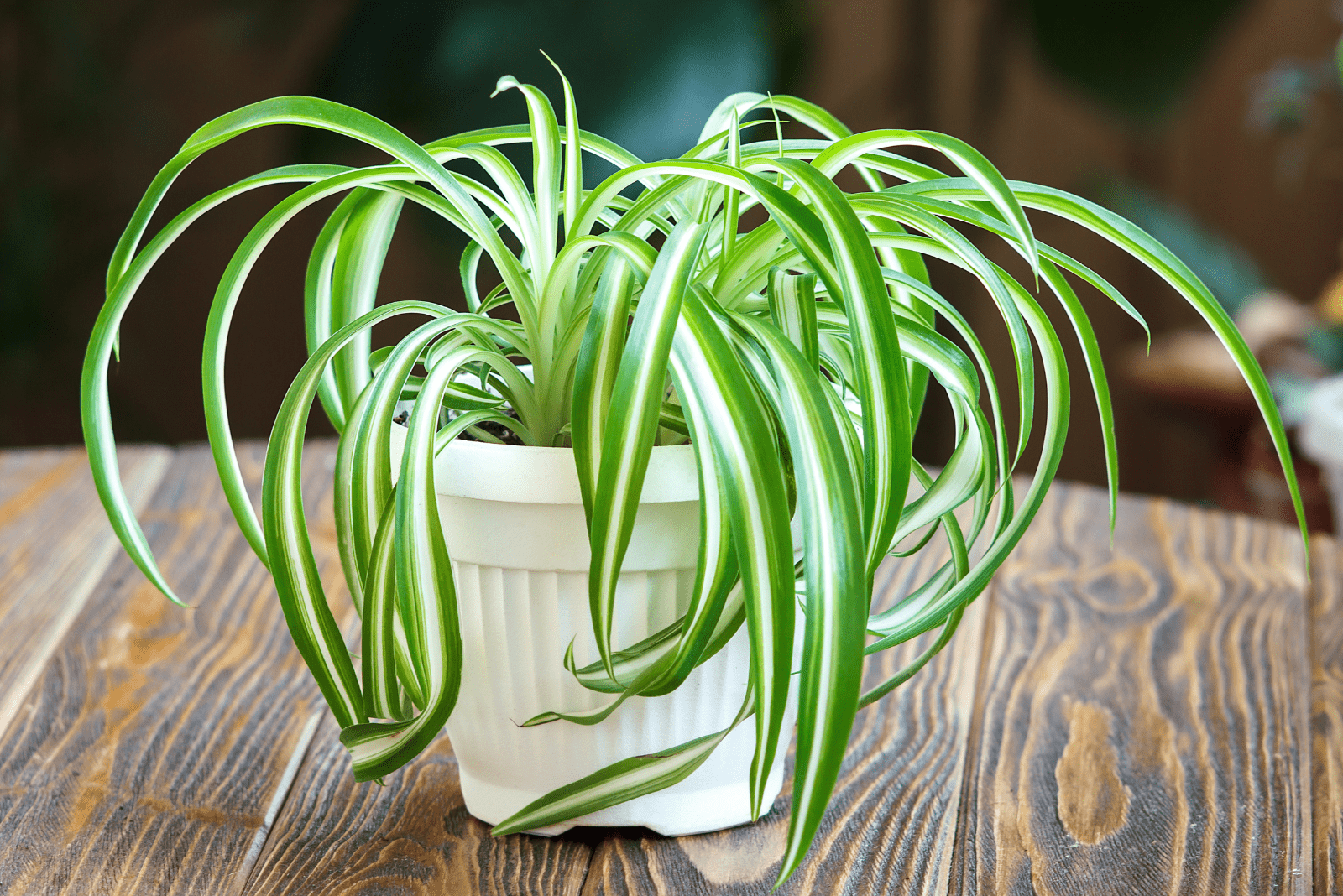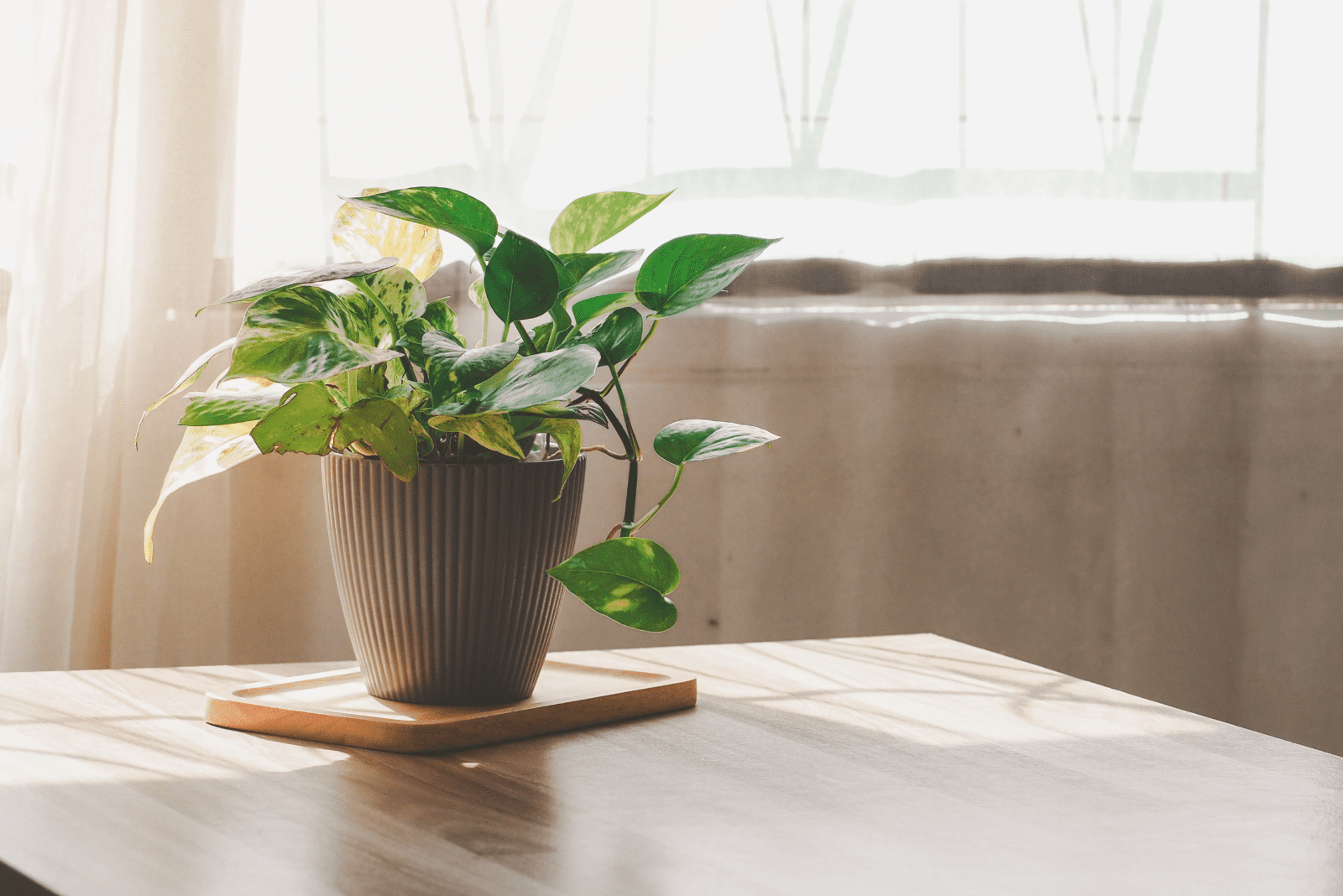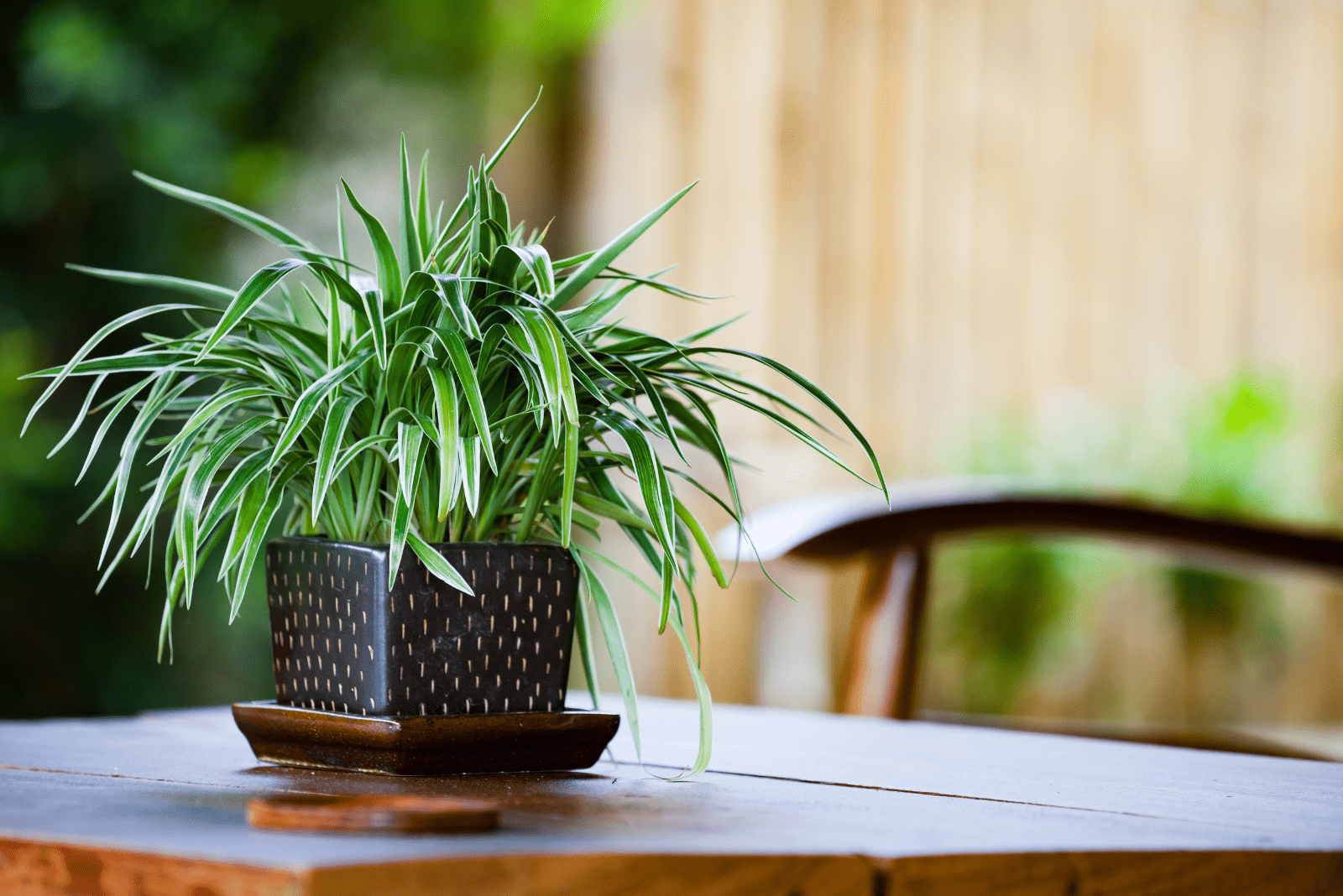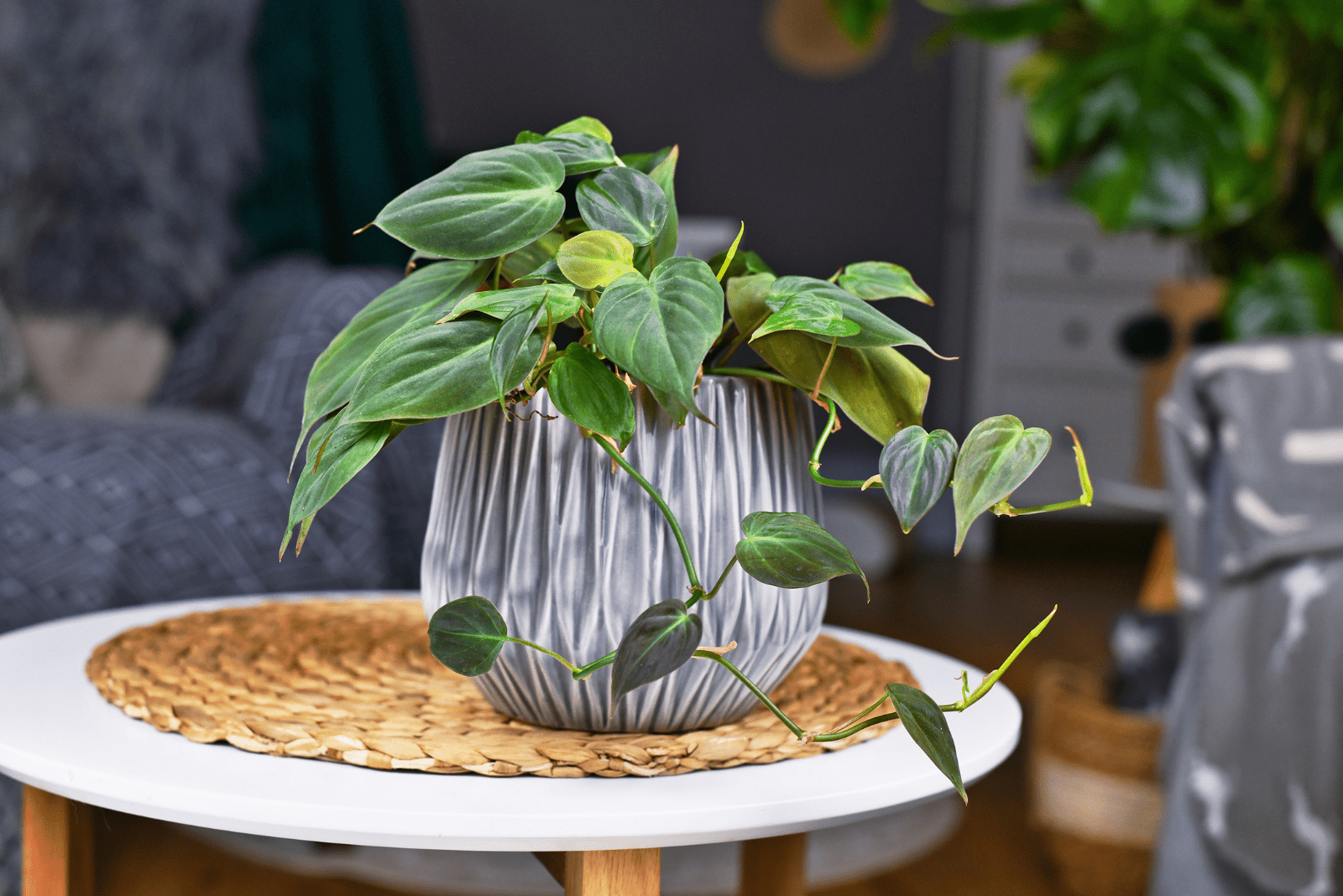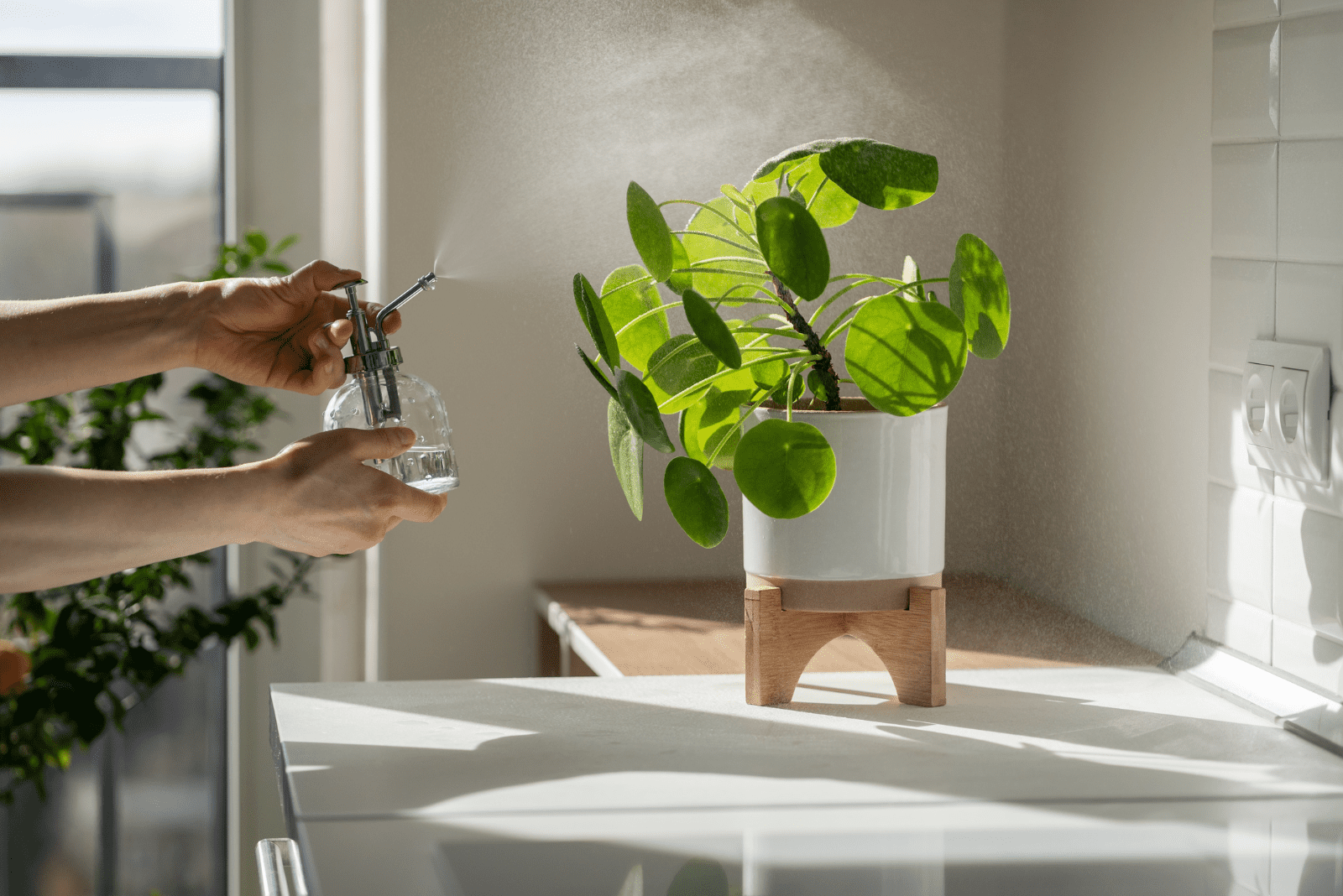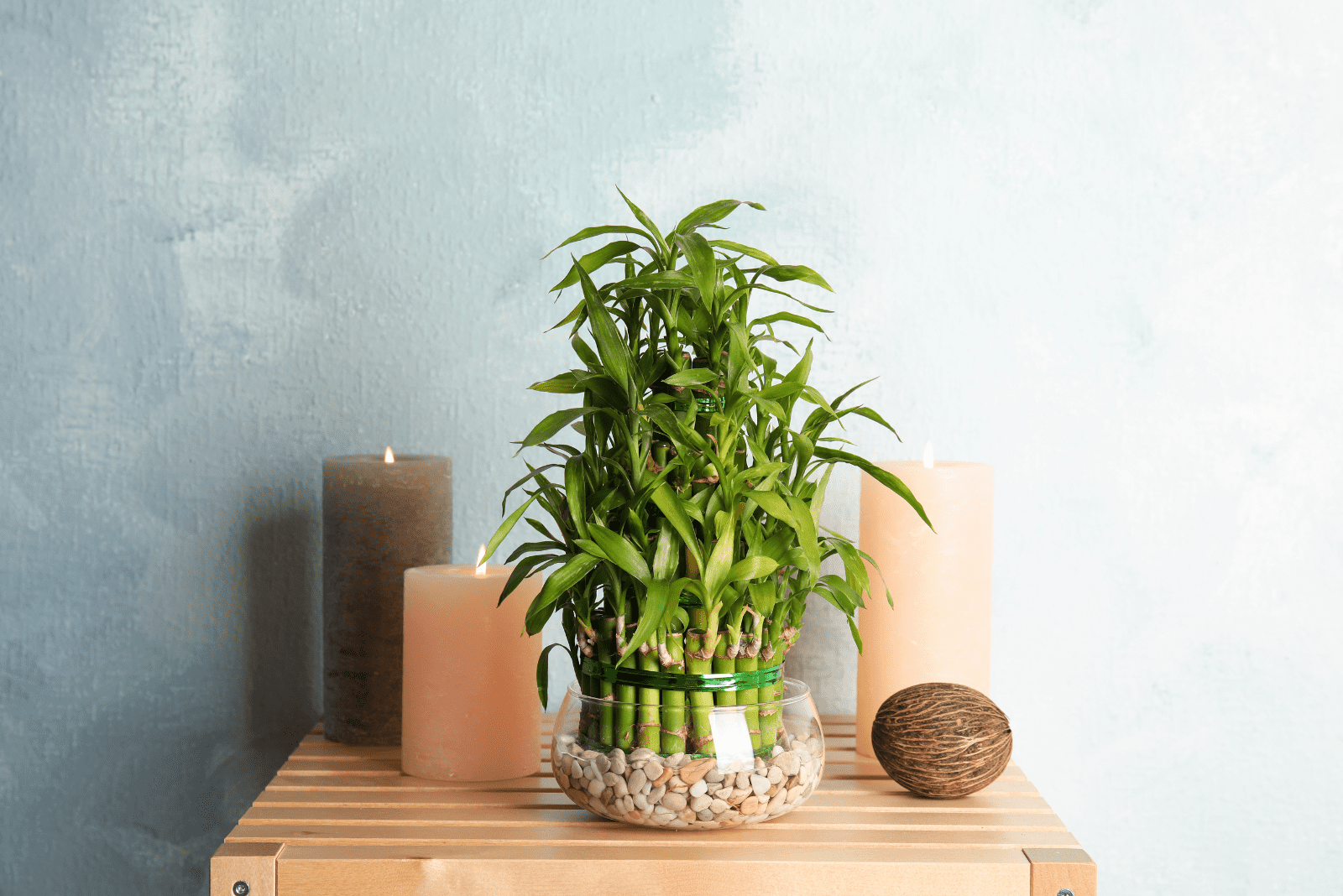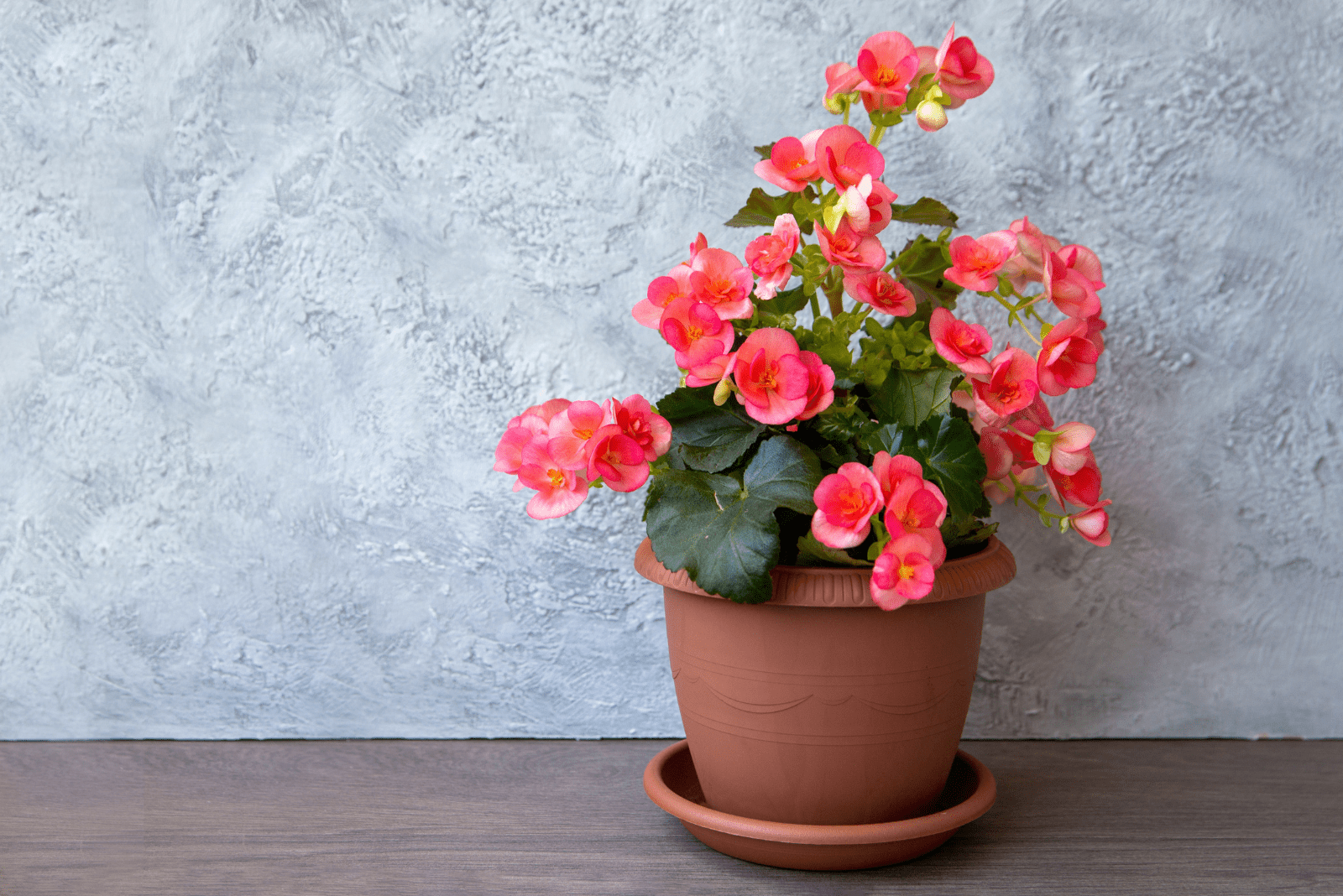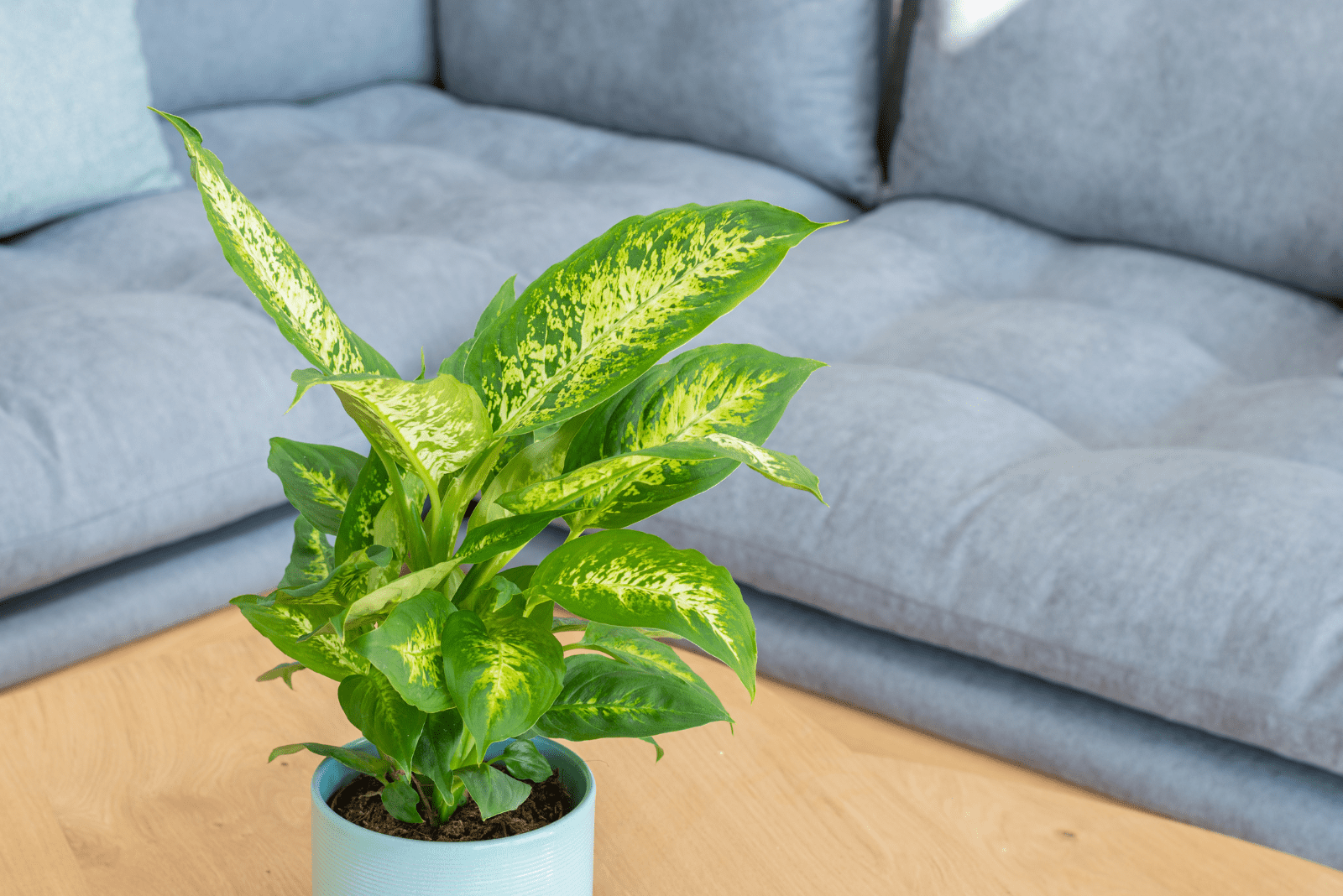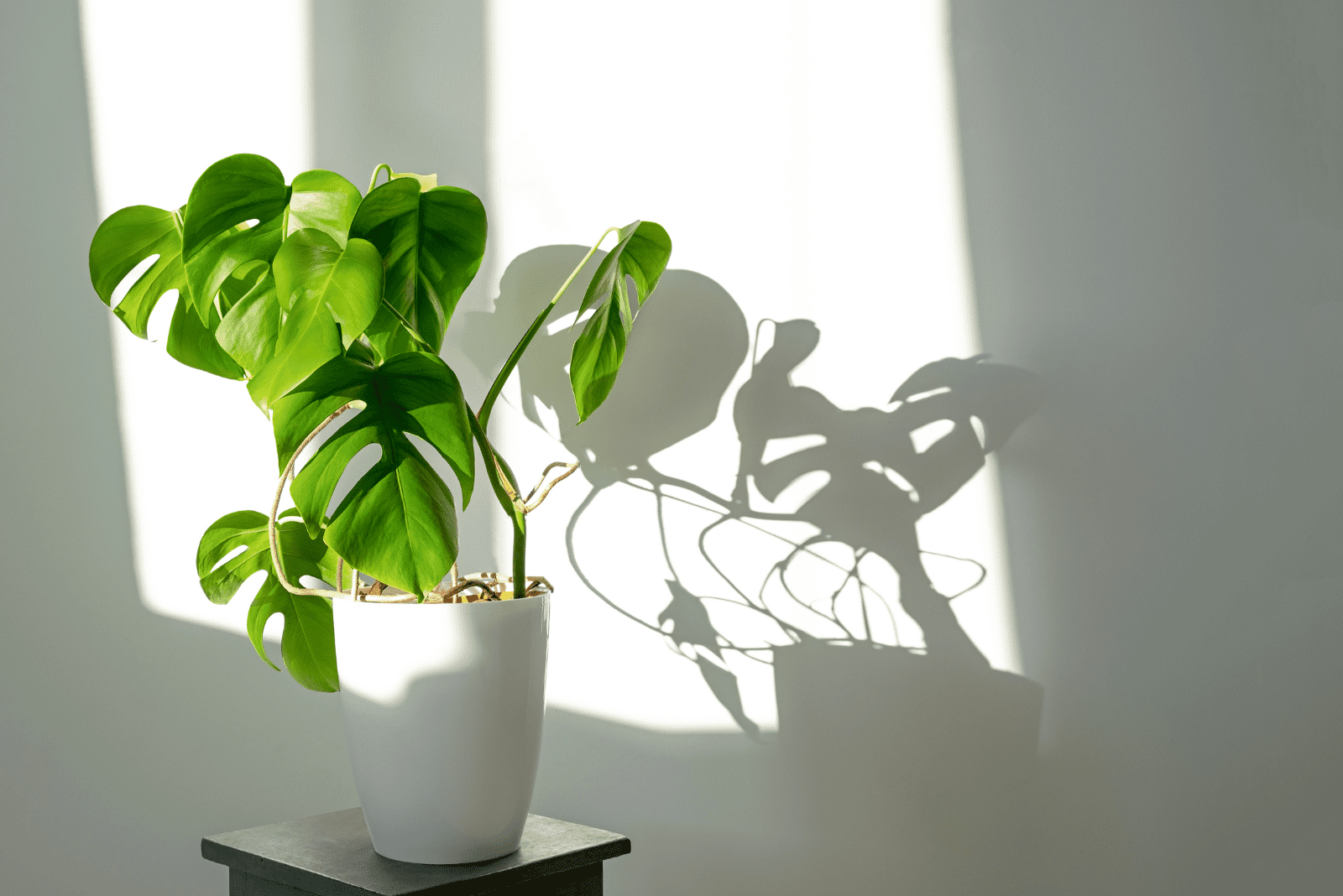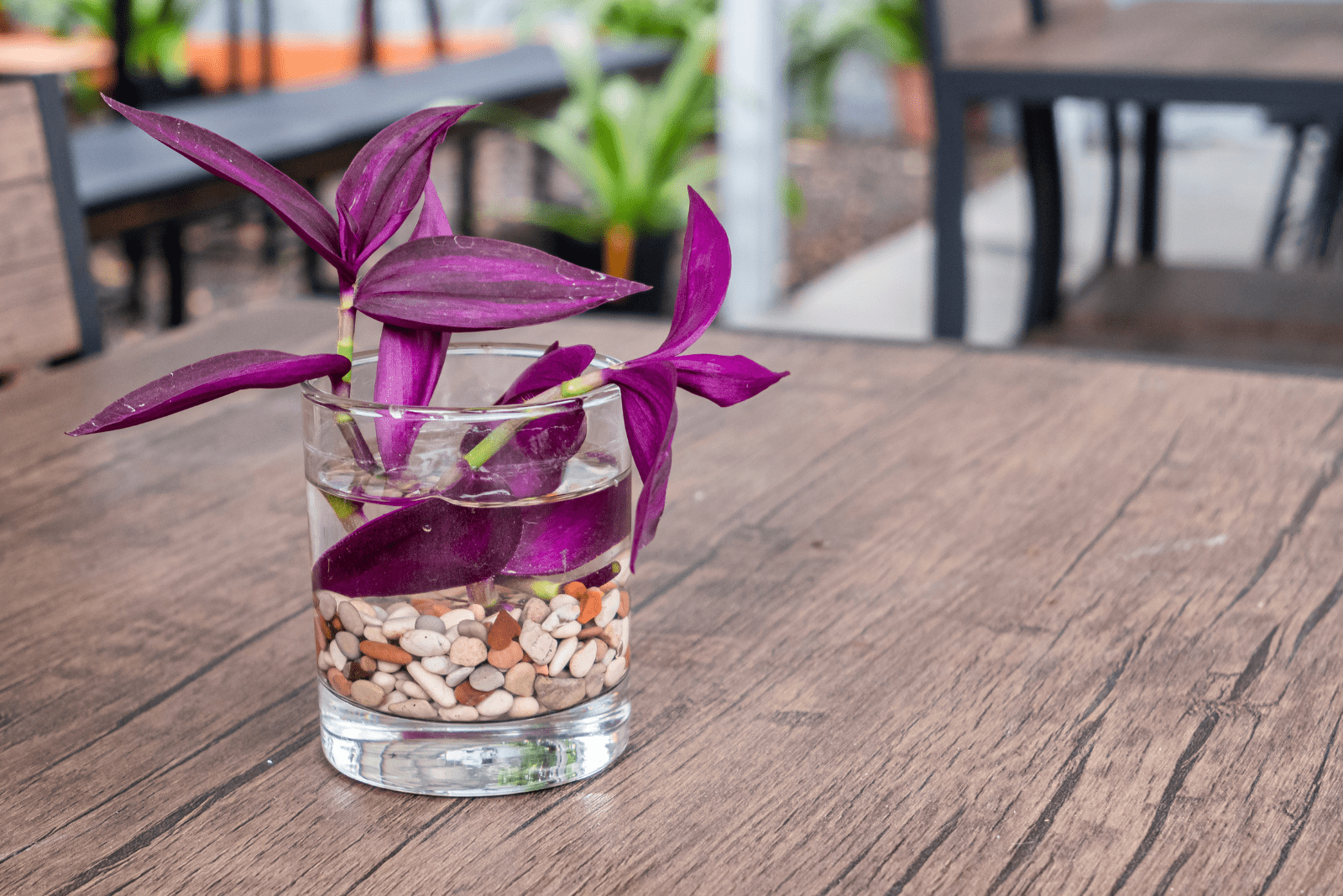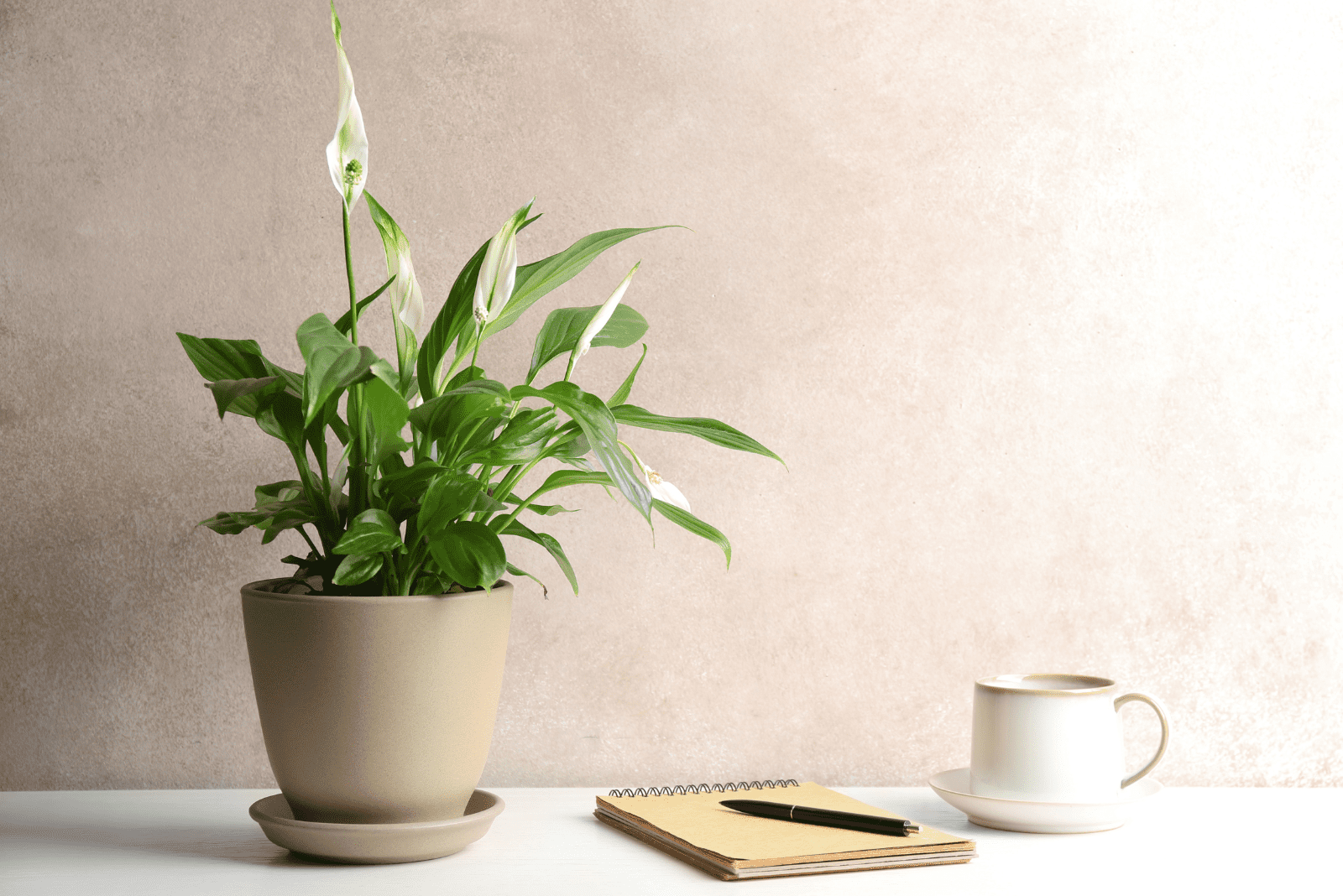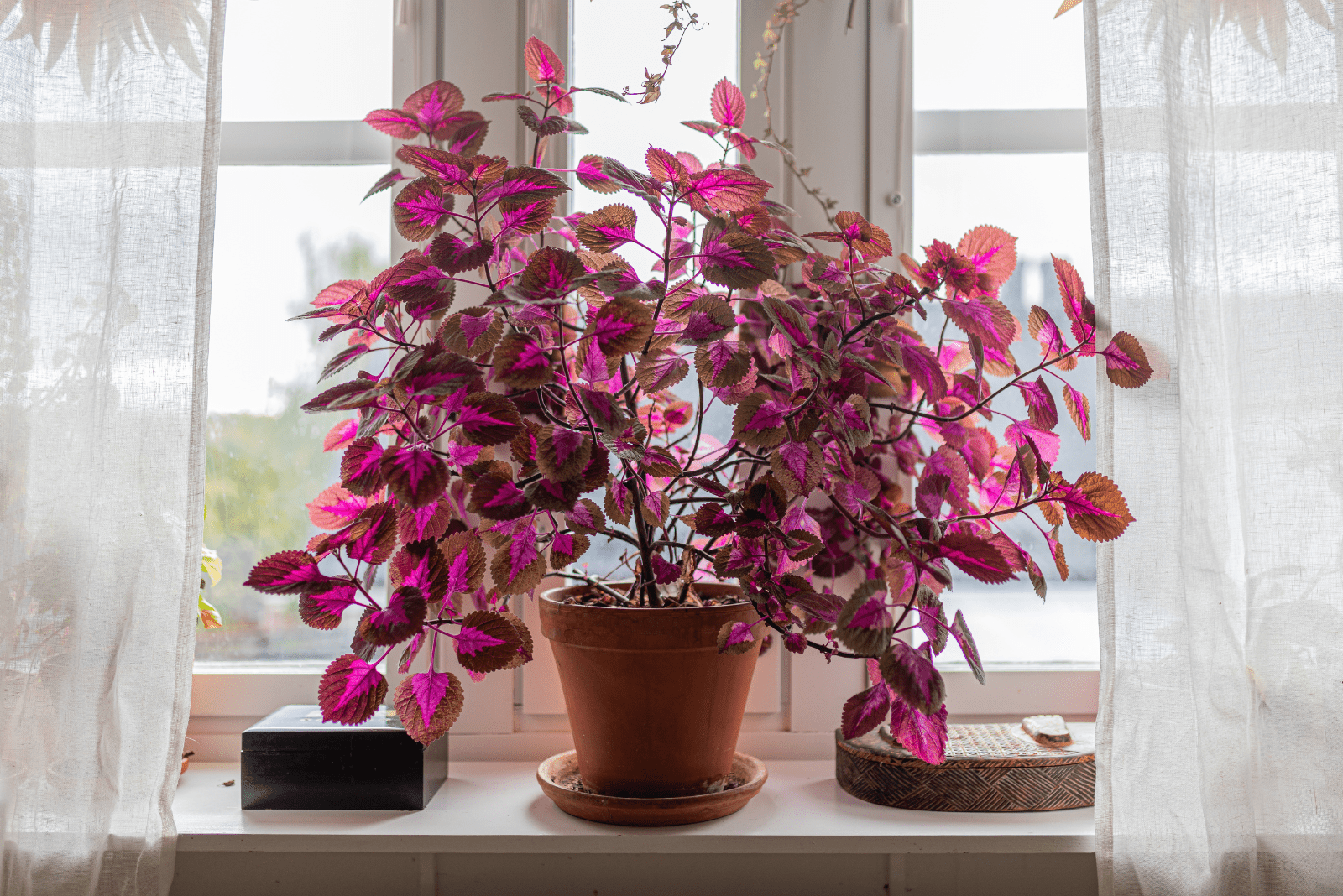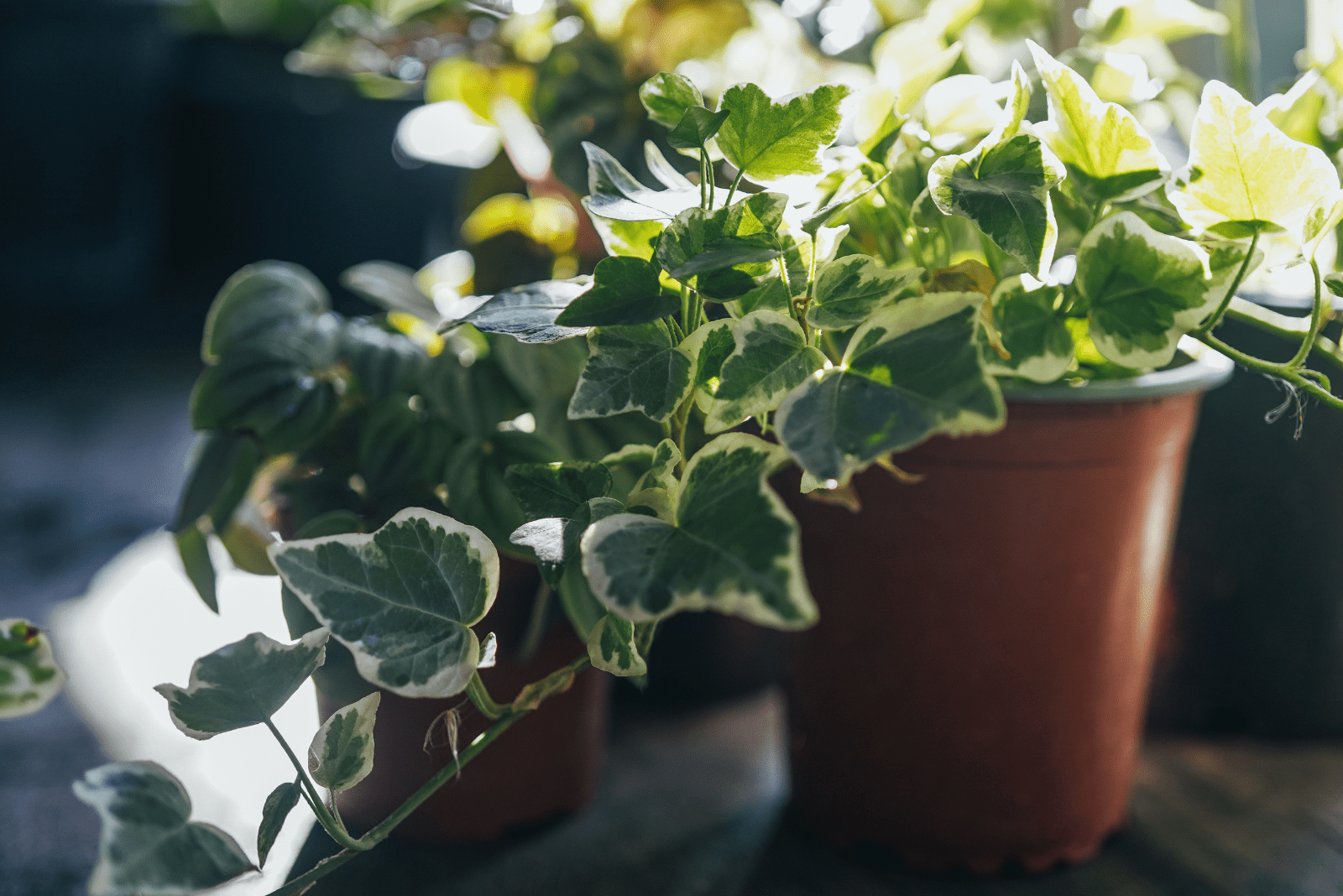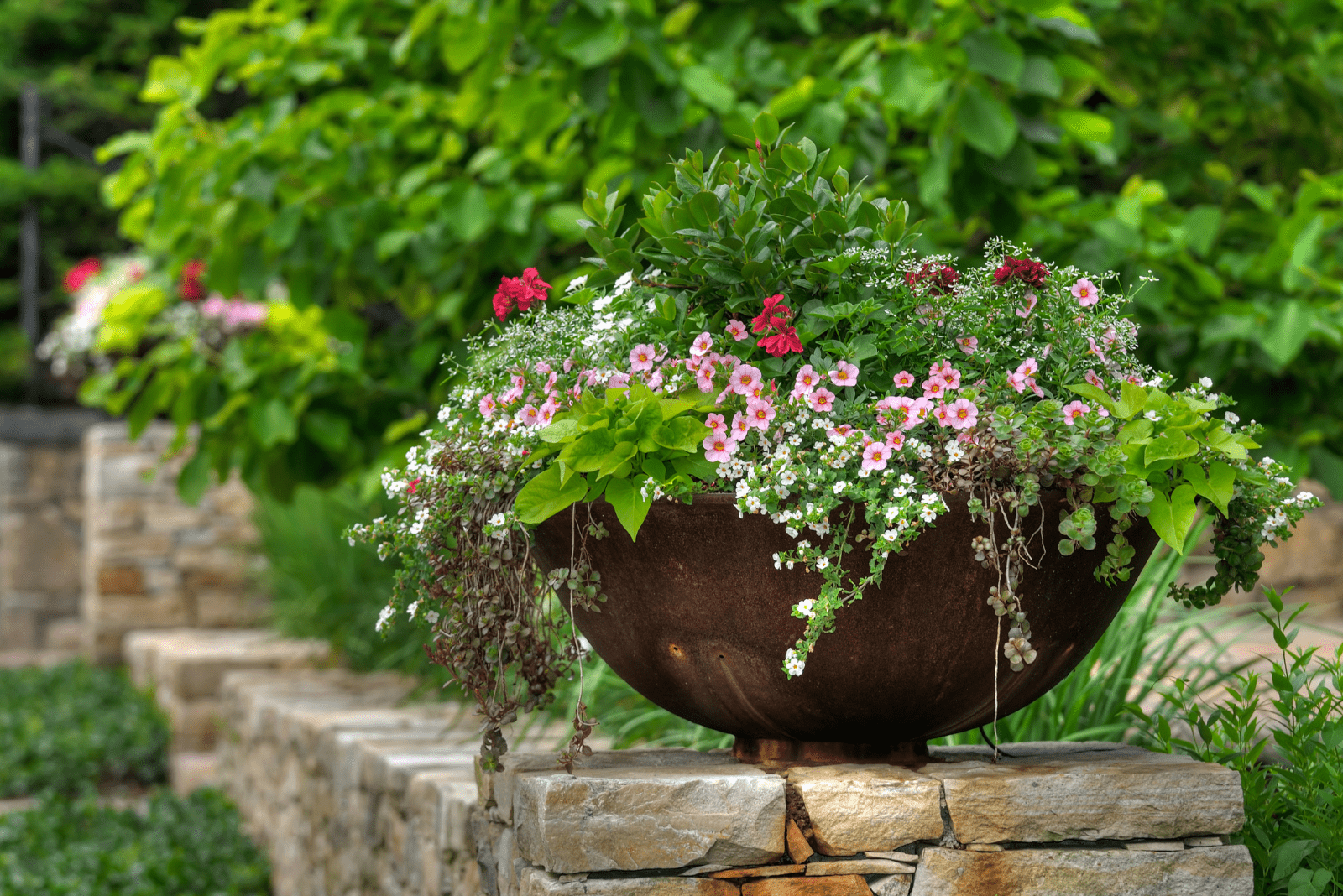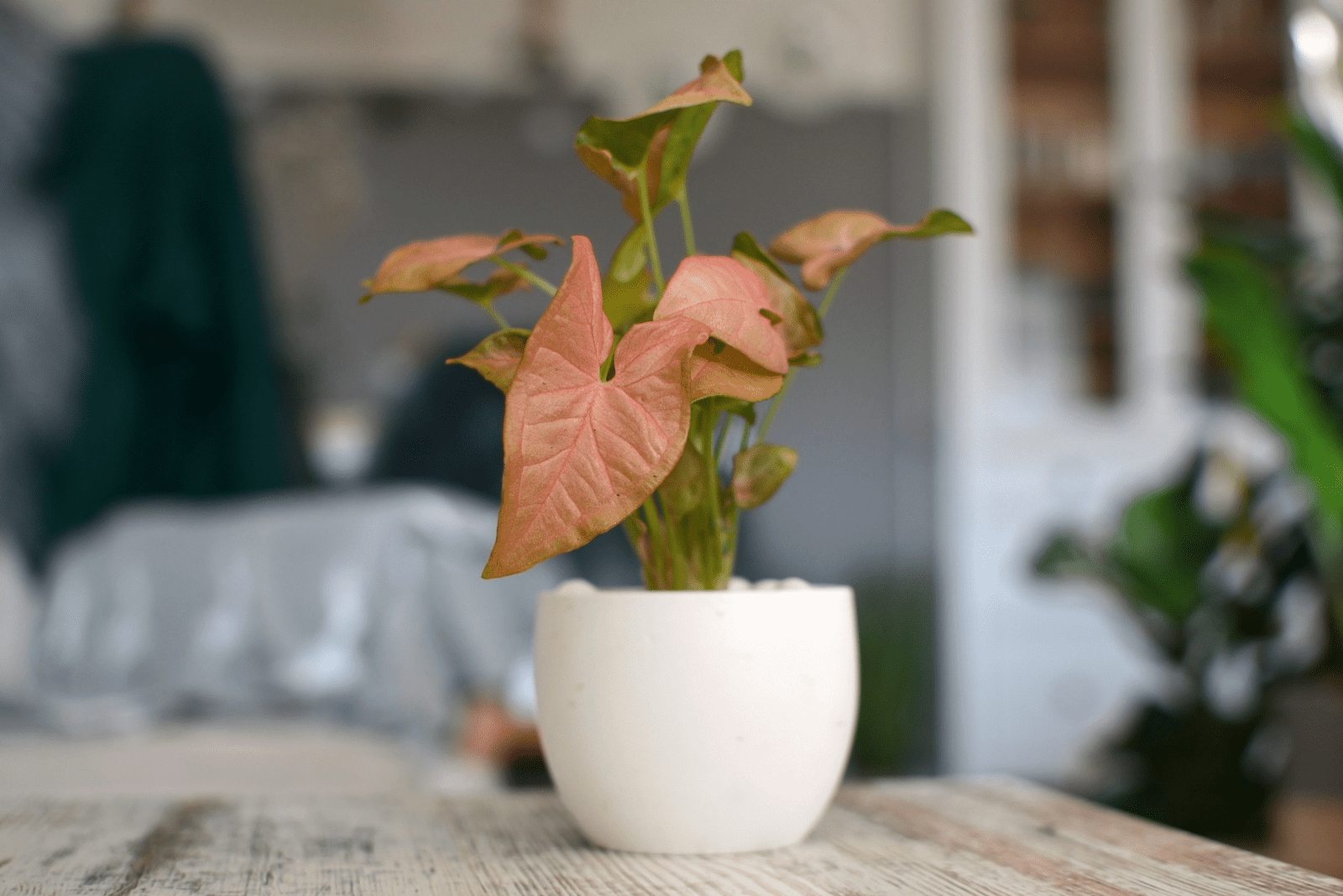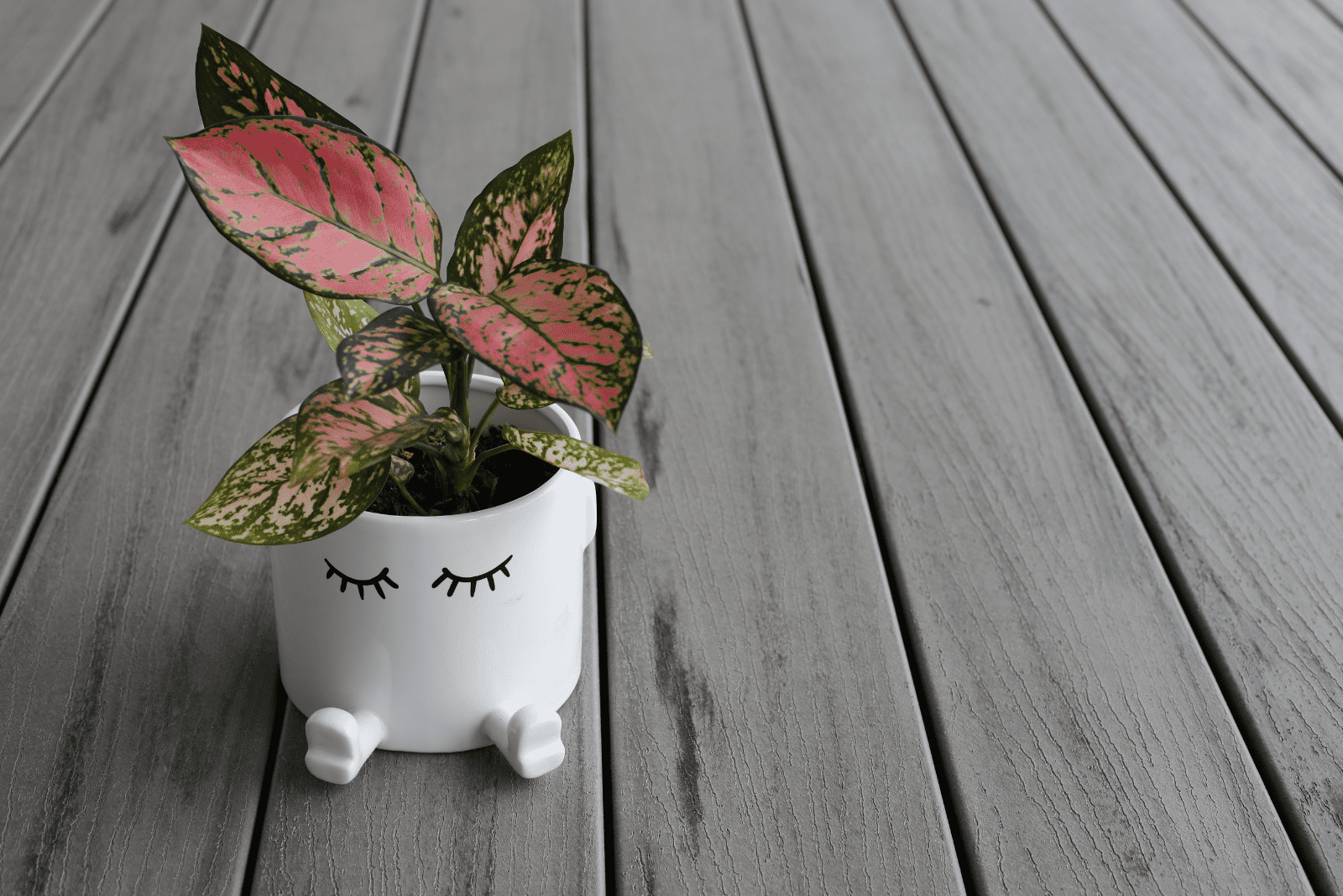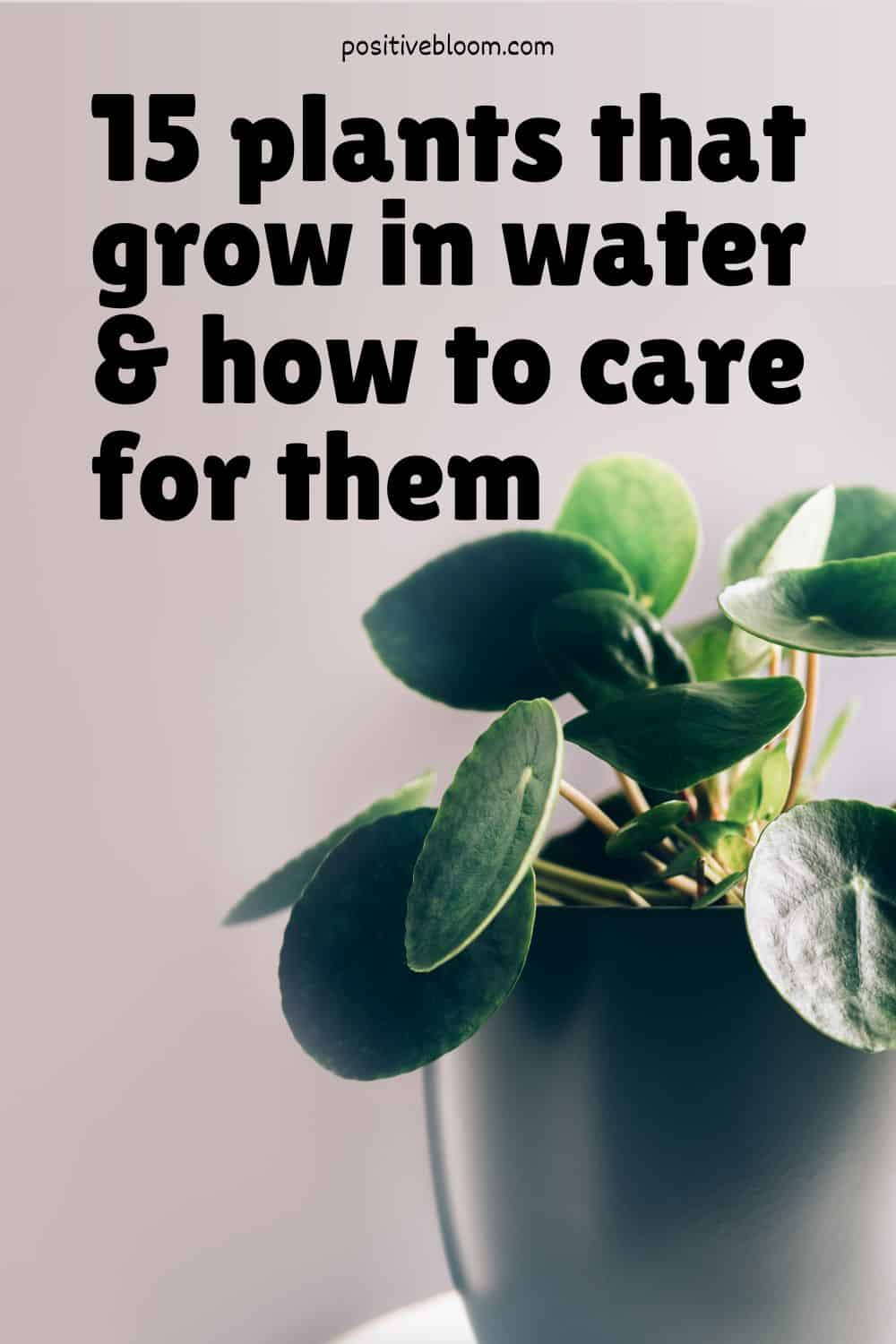There are many low-maintenance houseplants out there that are great options for beginners to start their first indoor garden with.
But that still doesn’t stop us from looking for other ways to make caring for plants easier.
One of the best ways to reduce the amount of time you spend nurturing your plants is by growing them in water, although not all plants can be grown in hydroponic or semi-hydroponic systems.
Therefore, we decided to put together this article about different plants that grow in water.
There are a couple of things you’ll need to do differently when tending for your plants growing in watery substrates, and we’ll examine them all in the sections below.
15 Plants That Grow In Water & Their Care Guides
There are many plants that can thrive equally well in water and soil, and we have found fifteen of them that look simply amazing in glass vessels.
Before we move on to the plants that thrive in this medium, let’s learn some basics about growing plants in water.
How To Grow Plants In Water
There are a couple of things you need to keep in mind when growing plants in water. For instance, water doesn’t contain any nutrients, so you’ll have to feed these plants with special fertilizers to replenish the minerals they need in order to thrive.
The type of water and a proper pot are also things to consider before permanently changing the home of your indoor plant, and we’ll discuss these factors later in the article.
Finally, you cannot just take your plant out of the soil and place it in water, as it would only lead to root rot. Instead, you have to carefully clean the plant’s roots as best you can and only then place it in a new substrate.
You’ll have to keep cleaning the roots once a month until they are white, creamy, or bright green (depending on the plant variety).
Type Of Water
You cannot just use any type of water as it may contain compounds that can harm your plant. For instance, tap water contains chlorine and fluoride, which leads to salt build-up and the disruption of nutrient and fluid uptake.
You should either use distilled water or let tap water sit in the air for about 24 hours before using it so the chlorine can evaporate.
The Container
Another thing you should be careful about is picking the right container. Glass vessels are an excellent choice, but anything that holds water will technically do fine.
However, containers made of metals such as lead, copper, or brass will corrode due to prolonged exposure to fertilizer, and release compounds that may harm your plant.
Glass containers are lovely, but they are ideal for algae growth as these organisms thrive in wet and well-lit places. You can easily fix this by adding some powdered charcoal or using a more opaque vessel.
Once you have chosen the pot and cleaned the plant’s roots properly, you can move your plant to its new home.
Just remember to have something to support the roots and keep the plant steady in the vessel, such as LECA clay pebbles, ornamental rocks or stones, marbles, etc.
Proper Fertilizer
Finally, you need to feed your plants whenever you replace the water (approximately once a month) with a hydroponics fertilizer.
However, regular fertilizers don’t make nutrients available in a way that plants grown in the semi-hydroponics system can absorb, so you’ll need special plant food.
Thankfully, there are hydroponics fertilizers available in stores or online so that your water plants can thrive.
Now that we have discussed the critical elements of growing plants in water, let’s learn about which plants flourish in this medium.
1. Golden Pothos
The bright green leaves with sporadic yellow variegations of this plant fit well with modern design, and that’s something this Epipremnum species can help you with.
Let’s examine its specifics:
[table id=323 /]
Golden pothos, or devil’s ivy, belong to the list of the best plants for LECA, which are clay pebbles you put in water to keep the plant in place.
This medium will significantly reduce the risk of overwatering and root rot, even though you’re growing your plant in water. Devil’s ivy will develop water roots, and your plant will be happy as long as you replenish the water once it becomes critically low.
You do need to fertilize it regularly, but you can feed your plant whenever you add more water.
Now all that’s left is to move the glass container into a spot with bright indirect light, and that’s it!
Also, water propagation is quite common these days, so if you decide to multiply your golden pothos that way, you can just leave it in water. You won’t have to bother with root cleaning before transferring this plant from soil to water.
2. Spider Plant
If you want to add more greenery to your room, a curly or regular spider plant is the way to go.
Here is the main info:
[table id=324 /]
Spider plants are not demanding. All they need is moderate or bright indirect sunlight, room temperature, and enough water to keep them from dehydrating.
However, this member of the floral kingdom can survive without soil, and you only need to make a couple of adjustments to help it thrive.
First, you need a nice container without drainage holes to keep the water in, ornamental rocks, marbles, clay pebbles, styrofoam, etc., to keep the roots in place, distilled water, and a hydroponics fertilizer.
Place the ornamental rocks into the container, put your plant in it, add some more stones to support the plant, and fill the vessel with water.
Place the pot on an east-facing windowsill or make it the centerpiece of your living room and place it on a tabletop. It can tolerate some low-light conditions as well.
It might lose the white lines, but a completely green spider plant is equally attractive.
You can always snip some plantlets from the mother plant, place them in fresh water, and grow a new plant to go with your indoor water garden plants.
Once you notice new root growth, you can keep it in water or move it to a traditional soil medium, it’s totally up to you.
3. Philodendron
I have never heard of a gardener who got tired of philodendrons. They are timeless plants that are even believed to clean indoor air.
But even without this ability, they would still beautify any area!
Let’s learn more about the basics of philodendrons:
[table id=325 /]
The plant care of the philodendron Red Princess (or any other variety, for that matter) is pretty straightforward – all you need is plenty of indirect light, moist and well-draining soil, and some plant food.
But what if I told you that you can make caring for this plant even easier by eliminating the soil altogether?
Just clean the plant’s roots, place it in a glass jar filled with water, and add some hydroponics fertilizer.
This will significantly reduce the time you spend watering your plants because philodendrons grown in water only need to be irrigated approximately once a month (or every three weeks if the water evaporates too fast).
You won’t have to mist this plant or invest in expensive humidifiers; just water them from time to time, and the water from the container will evaporate and raise the air moisture levels.
Propagating stem cuttings in water is a great way to multiply your Red Princess. Simply take a cutting (no longer than 6 inches), and ensure it has at least one leaf node.
Place it in a glass jar filled with water and put it in a well-lit spot. Replace the water every couple of days, and you’ll soon notice some transparent roots appearing.
4. Chinese Money Plant
The Chinese money plant goes by many names: pancake plant, coin plant, and UFO plant.
But it’s not its name that’s important; it’s the attractive foliage that makes it so popular among growers around the world, which is why it found its way on this list!
Here are its specifics:
[table id=326 /]
Growing a money plant in water is relatively easy; simply put it in a mason jar (or some other vessel of your choosing), add some water and fertilizer, and expose it to bright light.
What’s more, this display will go along nicely with your succulents in a terrarium, though it can be the main attraction on its own.
It’s also a lot less work as you only need to feed and water your money plant once a month (or when the water level has significantly lowered), but you will still need to clean the container every once in a while, especially glass ones.
Another great thing about growing money plants in water is that you won’t have to stress the plant after propagation.
For instance, if you’ve placed a cutting in water in order to propagate it, you can just leave it there after you notice new leaves sprouting. The new plant will already have developed water roots, and it won’t have to go through the transplant shock caused by moving it to the soil.
5. Lucky Bamboo
[table id=327 /]
This plant has grown in popularity in recent years, and for a good reason. It looks incredible and is very easy to maintain.
This plant can thrive both in soil and water, but one of the things that makes it exceptional is that it doesn’t require a special pot. In fact, it has even wriggled its way onto the list of plants that don’t need drainage holes!
If you decide to grow it in water, you should replenish the fluid once every ten days or so to prevent algae growth and keep it fresh.
However, you shouldn’t use tap water unless you let it sit in the air for a day, or it will lead to chlorine build-up and harm your plant.
You can also use distilled water or collect rainwater!
Once your glass vessel and lucky bamboo are ready, just put it in a bright spot, and you’re done. Try to avoid direct sunlight as it can burn this delicate plant.
6. Begonia
We’re used to seeing red begonia flowers in giant pots on the porch, but did you know that they can grow in water just as successfully?
We’ll discuss that technique shortly, but let’s first examine some basic info about begonias:
[table id=328 /]
You can move begonias from soil to water, but it is much better to start them in water and just make it your plant’s main growing medium.
All you need is a healthy cutting with no leaves at the bottom, which would only rot and contaminate the water. Place the cutting in water, put the vessel in a well-lit spot, and change the water once a week until new roots appear.
The root system may take a few months to develop, so continue changing the water regularly. Once the roots are thick and healthy, you can replace the medium less frequently.
Also, water doesn’t contain any nutrients, so don’t forget to use hydroponics fertilizer.
Finally, place this plant in a bright spot, such as a curtained window or a few feet away from a well-lit window, to prevent sunburn.
7. Dumb Cane
This variegated plant with large and attractive foliage might be the very thing for your modern interior design!
Here are the main specifics:
[table id=329 /]
This plant will produce amazing leaves whether it’s grown in water or soil.
Its growth rate might be somewhat slower, but you’ll hardly notice the difference as it’s such a fast grower. Another thing that may turn some growers off is that this plant can’t reach its full size when grown in water.
However, that makes it more compact and perfect for places you wouldn’t normally dream of placing this plant, such as side tables.
One of the things I love about growing this plant in water is that it is incredibly easy to repot, and the risk of root rot is significantly reduced.
You will have to change the water eventually to prevent algae growth and introduce more oxygen to the plant’s root system, however.
And don’t forget the fertilizer! Water doesn’t contain nutrients, so you need to feed your plants with hydroponics fertilizer whenever you replace or replenish moisture in order to ensure healthy growth and development.
Expose this plant to indirect light, and you’re good to go. What makes the dumb cane an ideal choice for an indoor plant is that it can tolerate low-light conditions.
8. Monstera
There are many monstera varieties out there, such as deliciosa, adansonii, alba, minima, marmorata, etc.
What makes each of these varieties desirable are their fenestrated leaves. The foliage will remain holey even if you grow this plant in water, so why not give it a try?
Let’s examine some general specifics about monsteras:
[table id=330 /]
If you’ve ever dealt with any symptoms of monstera root rot, such as yellowing of the foliage, droopiness, and stunted growth, you’ll do everything you can to avoid going through that nightmare again.
One thing you can do is replace the traditional growing medium for water. It might seem contradictory to grow plants in water to reduce root rot, but it’s actually true.
The plants develop so-called “water roots” that can survive in this medium, and there’s no risk of soil getting too wet (unless you didn’t clean the roots properly before moving your plant from a potting mix to water).
Before moving your monstera to a water medium, you have to clean the plant’s roots, put some LECA pebbles, ornamental rocks or stones, or any other coarse material in a vessel, and fill it with water and fertilizer.
Of course, the plant won’t reach its full size or potential in this medium, but if you need a compact plant, it’s a great way to go.
Expose the plant to bright light and room temperature, and that’s it! There’s no need for additional misting as the plant’s got enough water.
Finally, don’t forget to fertilize this plant every time you replace or replenish water to provide it with enough nutrients.
9. Wandering Jew
The Wandering Jew, or silver inch plant, is one of those plants that looks good in everything, whether it’s a regular pot, a hanging basket, or a glass jar filled with water and LECA (or ornamental gravel and pebbles).
Let’s look at the basic information about this plant before learning how to grow it in water:
[table id=331 /]
Its silver and purple foliage will leave everyone breathless, but imagine what it would look like without the pot – stunning!
Well, you can achieve it with a little bit of work.
First, make sure that the roots are clean before transferring this plant to water. (If you have propagated it in water, you can just leave it there and move it to a larger vessel as it grows.)
Then, fill the glass jar with something to keep the roots in place, such as pebbles, gravel, rocks, styrofoam, or LECA clay balls, and then pour water until the roots are submerged.
Expose the plant to bright light, keep feeding it whenever you replace the water, and that’s it!
You can prune it to the desired shape, but never remove more than 1/3 of the plant’s foliage at once, or it will have difficulty photosynthesizing.
Finally, remove all the leaves submerged in water as they can rot and pollute the growing medium.
10. Peace Lily
The peace lily might not have that signature lily flower, but its white blossoms and luxurious foliage make it an attractive addition to any indoor garden.
Let’s learn some of the specifics of this lily plant before moving on to its care guide:
[table id=332 /]
There might be times when you have wondered why your peace lily is drooping, and the most common reasons are underwatering, root rot (caused by overwatering), and lack of humidity.
Thankfully, you can forget about all these issues by simply moving your plant from a soil-based medium to water.
It is pretty easy, just clean the roots thoroughly, place some materials in the container that will keep the base above the water level, and add water.
Don’t forget to feed your plant whenever you replace the water (which you should do twice a month)!
Finally, place your plant in a bright spot or under some grow lights, and it will have everything it needs for proper growth.
11. Coleus Plants
These colorful plants are an excellent addition to any garden and patio, and I’m sure you could also find an indoor place or two where it would look simply stunning.
Gardeners love this plant’s low maintenance requirements and the fact that you can even grow it in water.
Let’s first look into its specifics:
[table id=333 /]
The bright yellow-green, vivid pink, or almost-black foliage makes this plant an excellent addition to any home, and growing it in a glass vessel or mason jar only makes it more attractive.
You can propagate the coleus plant from cuttings and leave it in water, though you do have to fertilize it, which isn’t much bother. Simply add some hydroponics fertilizer whenever you replace or replenish moisture, and that’s it!
Place the container on an east-facing windowsill where it can bask in the gentle morning sun while being protected from the afternoon heat and harsh sun rays.
This plant is treasured for its fantastic foliage, so don’t expose it to too much or too little sunlight as it can make the plant grow weak and its leaves pale.
12. English Ivy
We’re used to seeing trees overgrown with English ivy or as outdoor decoration, but what about indoors?
This plant is actually an excellent choice for an indoor garden, especially if you grow it in a hanging basket. However, a Hedera helix in a glass container is not that strange!
We’ll talk about it more shortly.
Let’s first learn some basic info about English ivy:
[table id=334 /]
English ivy hates overwatering (not that any plant likes it, but this one really has a difficult time recovering from it).
However, it has no problem growing in the water supported by ornamental rocks or LECA clay balls.
It is easier to propagate this plant in water than to move it from soil to this substrate. When moving the plant from the regular potting mix, you have to thoroughly clean the roots and continue cleaning them approximately once a month until they are completely free of all the dirt.
When propagating English ivy, we usually take a 4-6 inch long cutting and place it in water. This way, there is no dirt on the roots and no fear that the plant might start rotting.
Whether you have propagated this plant or simply moved it from the soil, you still need to feed it with fertilizer, especially for plants grown in hydroponic systems.
Replace the water 1-2 times a month and add some fertilizer whenever you change the medium (always follow the instructions on the box).
Expose the glass vessel and the plant to indirect light, and the plant will be more than happy. This plant thrives in somewhat shaded areas, so you can grow it in low-light conditions if you wish.
Just bear in mind that too little light will make this plant leggy, and too much can burn its foliage, so find a location that will meet this plant’s needs (an east-facing window is a good idea).
13. Ornamental Sweet Potato
When I think of the sweet potato, I imagine the side dish that goes amazing with a chicken roast, not a plant that you could put on a kitchen windowsill to admire!
But this world is full of wonders, and this is one of them.
Another extraordinary thing about this plant is the fact that it can grow without soil, which makes me like it even more.
Before I tell you more about it, let’s look at its basic specifics:
[table id=335 /]
I know you normally wouldn’t grow a potato in a jar of water, but this plant defies all expectations. It thrives in water as well as in soil, and its green or purple foliage looks equally attractive in both mediums.
When grown in water, it does require more fertilizer (just like any other water-grown plant), but it isn’t an extra chore as you can just do it whenever you replace the water.
Speaking of changing water, you should do it at least 1-2 times a month because fresh water is rich in oxygen.
Finally, find a bright location for this plant, but keep it away from direct sunlight as it can burn its foliage.
Remember that the more light the ornamental sweet potato gets, the more vivid colors it will display!
14. Pink Arrowhead Plant
Arrowhead plants are an amazing choice for any design, whether modern or vintage, and they look good just about everywhere.
But imagine a pink arrowhead! Yes, it is real, and it can be grown solely in the water!
Here are its specifics:
[table id=336 /]
The plant care guide for syngonium Neon Robusta is not that demanding, simply place it in indirect light, water it whenever the topsoil is dry, plant it in a well-draining growing medium, and feed it from time to time.
Several of its requirements are to do with soil, so what if we eliminated that medium and grew this plant in water instead?
Nothing terrible will happen, don’t worry! This plant will thrive, reduce your watering and fertilizing chores, and you won’t have to worry about overwatering it ever again.
Just make sure that the roots are clean before putting them in a glass jar filled with water, and that’s it!
If you want to be 100% sure that there’s no dirt around this plant’s roots, you can always propagate it in water, and wait until after the roots have grown to move it to the soil.
Just remember to fertilize it whenever you replace or replenish water.
Bear in mind that you should clean the container from time to time as algae can grow on the walls, which your plant might not be particularly fond of.
Expose this plant to moderate or bright indirect light to see the most vivid colors. This syngonium can survive in lower light conditions, but the variegations won’t be as vibrant.
15. Chinese Evergreen
The last genus that we’ll examine in this article is Aglaonema. There are so many different Chinese evergreen species with different colors and variegations! It’s almost impossible to choose just one.
The good news is that they can all be grown in water, so you can transfer your own from the soil or propagate one really quickly.
Here are this plant’s specifics:
[table id=337 /]
All this plant needs to survive in water is indirect light and a hydroponics fertilizer. If you expose it to lower light conditions, its growth will be significantly slower, and if you don’t feed it, it will die.
Water doesn’t contain any of the nutrients that this plant needs, so you should add fertilizer whenever you change the water.
You should also clean the container from time to time to prevent algae growth.
Finally, change the water at least once a month to add more oxygen.
To Sum Up
This article detailed fifteen amazing plants that grow in water and their respective care guides.
Some of these members of the floral kingdom can tolerate low light levels, but they all thrive in moderate to bright locations.
They also need distilled water (or tap water that has been in the air for 24 hours so the chlorine can evaporate) to avoid mineral build-up.
You also need to change the type of fertilizer you use. Regular plant food is of no use here, but there are hydroponics fertilizers you can use that your plants will love.
We wish you good luck with your new decorations!
Until next time!
Like this post? Share or pin it for later!

